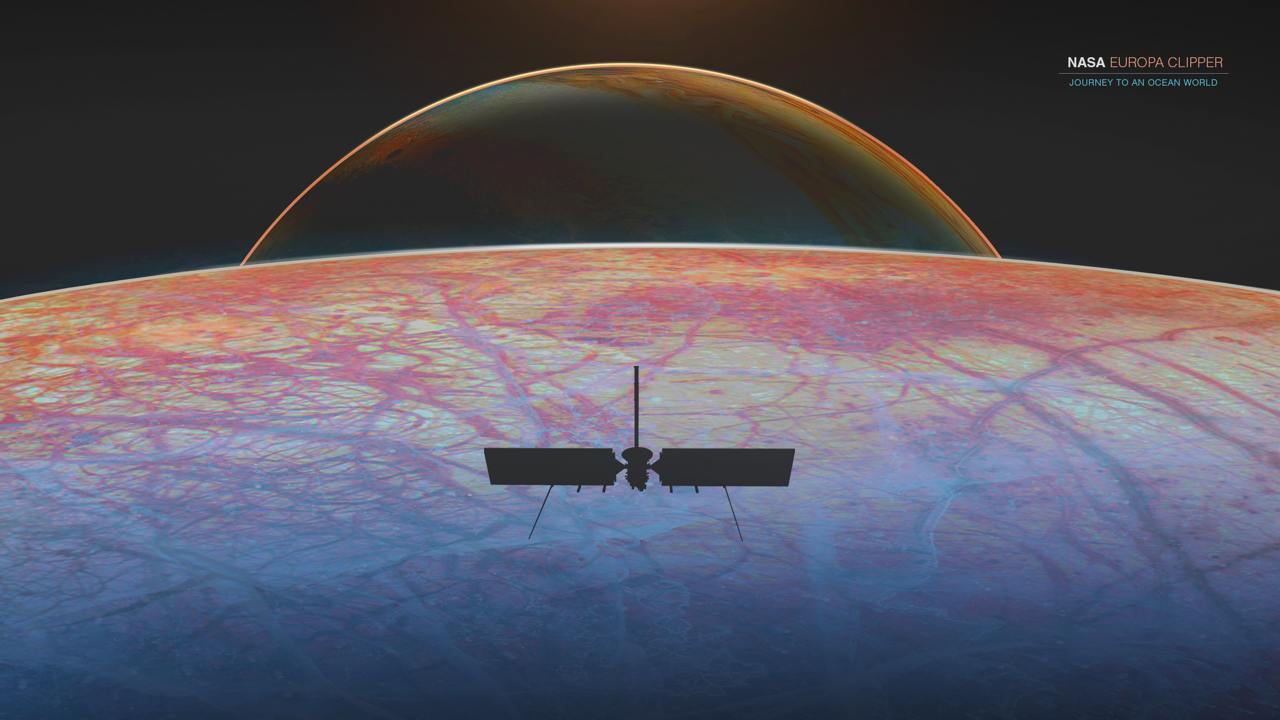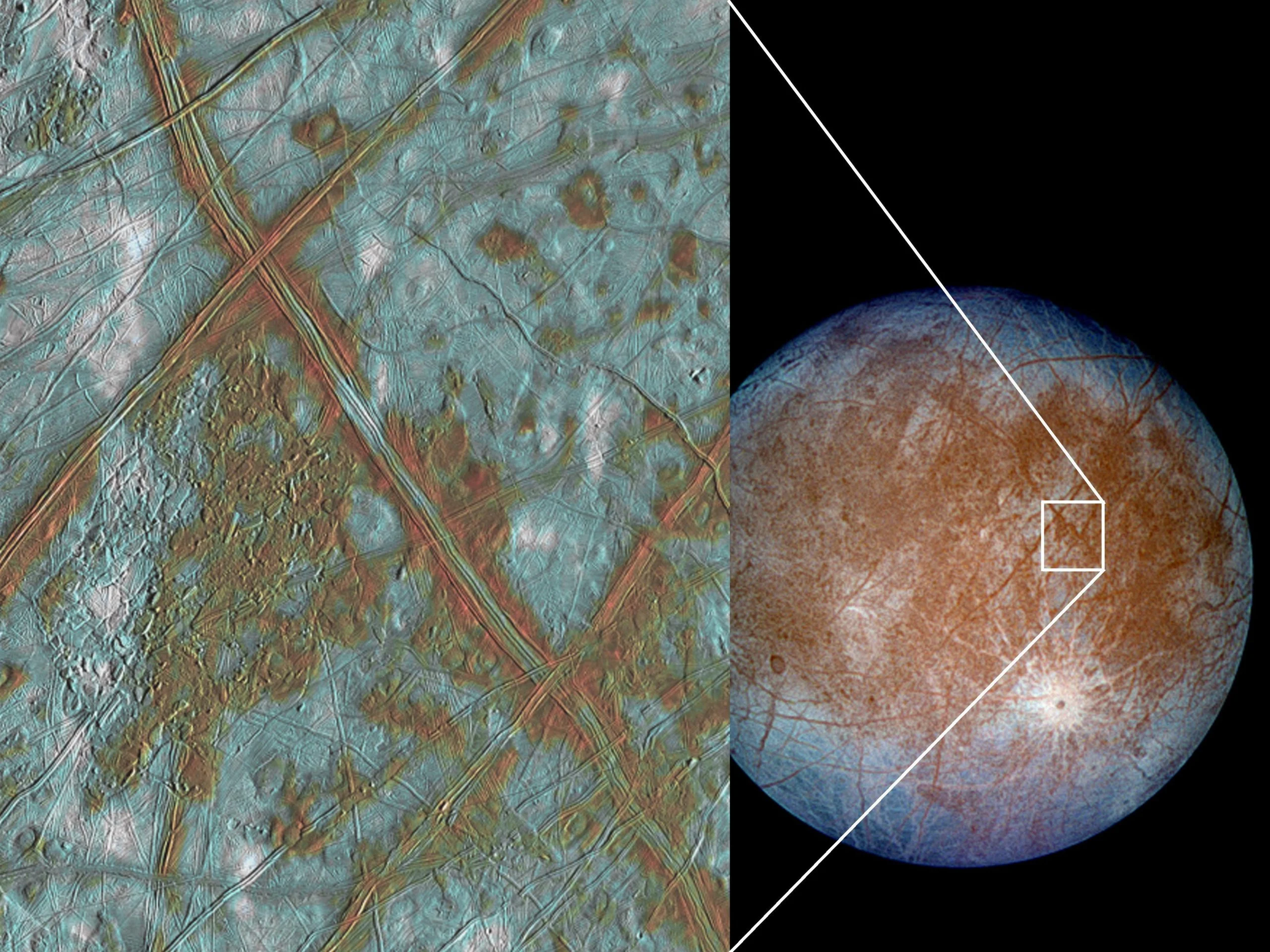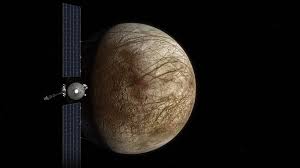Europa Clipper: NASA’s Mission to Search for Extraterrestrial Life
Scientists have always been fascinated by Jupiter, the solar system’s largest planet. What we are most interested in is Europa, the planet’s moon. There, we expect to find life.
NASA‘s long-awaited project, Europa Clipper, will launch in exactly three weeks, or 19 days. The project has already consumed enormous sums of money, as well as a large number of scientists, engineers, and hours of labor.
However, no one intends to give up because completing the mission’s goal has the potential to transform our history. Europa Clipper is flying to confirm the presence of life beyond our planet.

Hope in the distant moon
On October 10, a probe will be launched, aimed at the dreams of thousands of researchers. This date was briefly threatened when a possible defect in the transistors was discovered a few months ago.
Fortunately, everything is on track for the launch of the mission, which has already cost 5 billion dollars. To assess the scale of Clipper, it is worth recalling that the James Webb telescope was an operation worth twice as much.
It is clear how much hope is associated with the visit to Jupiter’s orbit.

“As scientists, we’ve dreamed of a mission like Europa Clipper for more than 20 years. We’ve been building this machine for 10 years. Now we have another 10 years of work ahead of us—all the way to Jupiter—until we have all the data. This is truly a long-term investment of time and dedication,” said Laurie Leshin, director of NASA’s Jet Propulsion Laboratory, the unit responsible for the entire mission. “We’re proud of the work we’ve done.”
The machine is currently being fueled and is already included in the flight schedule. This will be done using a SpaceX Falcon Heavy rocket, and the launch itself will take place in Florida from NASA’s John F. Kennedy Space Center. If nothing prevents it, the probe will reach Jupiter “soon,” in April 2030. The Clipper has a space journey of almost 3 billion kilometers ahead of it.
Finding life is not an easy task.
Europa is believed to be covered by a thick layer of ice that forms a crust around the entire moon. Life will have to be sought under this supposedly 16 km thick mantle; if life is to exist somewhere, it is there.
The data that scientists have at the moment proves that all the components necessary for its existence are present. Water, chemical components and energy. Everything is there in place… So we have to go there to be sure.
The Mission’s Goals
The primary objectives of the Europa Clipper mission include:
- Characterizing Europa’s icy crust: Studying the composition, thickness, and structure of Europa’s ice shell to understand its formation and evolution.
- Investigating Europa’s subsurface ocean: Determining the existence, depth, salinity, and circulation of the subsurface ocean.
- Searching for evidence of habitability: Identifying potential habitats for life within Europa’s subsurface ocean, including hydrothermal vents and organic molecules.
- Assessing Europa’s radiation environment: Evaluating the radiation environment around Europa to understand its impact on potential life and spacecraft operations.
The Europa Clipper Spacecraft
The Europa Clipper spacecraft is a sophisticated piece of engineering designed to withstand the harsh conditions of the Jovian radiation environment and to collect high-quality scientific data. It features a suite of instruments, including:
- Imaging cameras: To capture detailed images of Europa’s surface and identify potential landing sites.
- Radar sounder: To penetrate Europa’s icy crust and map the subsurface ocean.
- Magnetometer: To study Europa’s magnetic field and its interaction with Jupiter’s magnetosphere.
- Spectrometers: To analyze the composition of Europa’s surface and atmosphere
But how can we check this without landing? Once the probe is in orbit around Jupiter, it will orbit around it and collect data every time it passes Europa.
The machine is equipped with a number of tools that will monitor the moon’s surface and send them to Earth. The data will, of course, be analyzed to confirm that the ice crust is indeed a fact.
That is why they will be looking for “plumes” of eruptions from below the moon’s surface. They are supposed to occur during the movement of the ice sheets.
While the probe will continue to work on proving the existence of water on Europa. Scientists will be waiting for data from the few visible craters. They are intrigued by whether the sought-after ocean has interacted with substances that have come from deep space. Clipper also has the ability to detect organic substances that could serve as food for potential life.
The mission will end with a bang
Europa Clipper is equipped with huge solar panels, which are supposed to catch shreds of incoming sunlight. This gave the probe an impressive size of 5 meters high and 30 meters wide.
It is the largest machine of this type made by NASA. It must withstand the brutal radiation accompanying each round. Hence the earlier concerns about transistors.
Scientists expect Clipper to “breathe” in breaks between passes over the studied object. However, they are convinced that the mission’s goal will be achieved.
It is designed to collect data for 4 years. After its completion, it is to have a rather drastic ending, which will probably be immortalized by another probe, JUICE. Europa Clipper will end with a bang, crashing into the largest moon of the Solar System, Ganymede.
It is at this point that another probe will “work,” and who knows, maybe we will see the last moments of the hero who will provide us with knowledge about other life in space.
The Future of Space Exploration
Europa Clipper represents a significant step forward in our exploration of the solar system and the search for extraterrestrial life.
The mission’s findings could have profound implications for our understanding of the origins of life and the potential for habitability beyond Earth.
As we eagerly await the launch of Europa Clipper, we can only imagine the exciting discoveries that lie ahead.

















